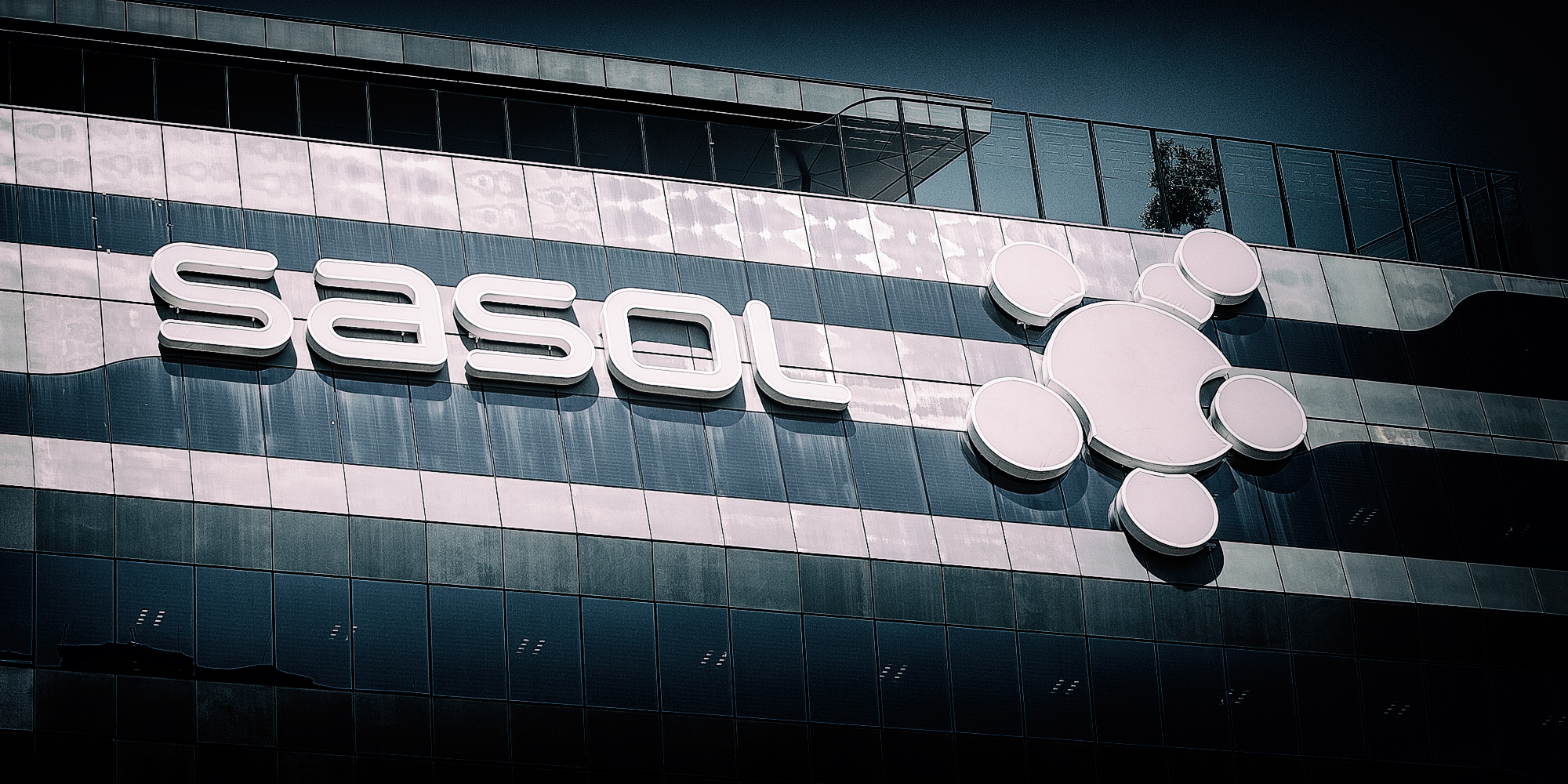Sasol CEO Simon Baloyi opened his address with a direct acknowledgement of past challenges, stating: “Our recent performance over the last four years has not lived up to our own expectations,” aiming to clearly state that the transformation of Sasol is a long-term process; “running a marathon, not a sprint”.
The company, now 75 years old, has evolved from its origins as an apartheid-era coal-to-liquids organisation into a major player in the global chemicals market post-2000s. However, it has suffered severe setbacks in recent years; the Lake Charles Chemical Project cost overruns nearly bankrupted the group in 2020 and the Covid-19 pandemic saw share prices collapse to below R30, down from highs above R600 in 2014.
In the wake of board-level fallout from the Lake Charles debacle, Sasol’s leadership credibility has remained under close investor scrutiny. Today’s Capital Markets Day saw a strong rise in the share price, with just over a 9.5% increase reflecting investor confidence in the presentations. But the company is still grappling with legacy debt, lost credibility regarding ESG commitments and broader energy market volatility.
Restore and reset
Baloyi and his executive team presented what they termed a “strategic reset” across four pillars: restoring the Southern Africa value chain; resetting the international chemicals business; growing and transforming the group; and delivering on a revised Emissions Reduction Roadmap.
The southern African operation is targeting a breakeven oil price of $50 per barrel by FY2028, enabled through improved coal quality, enhanced plant reliability and strict cost discipline. Production at Secunda is expected to return to above 7.4 million tonnes per annum.
Internationally, Sasol is targeting a 15% Ebitda (earnings before interest, tax, depreciation and amortisation) margin through the cycle for its chemicals business by 2028. The company has already nearly doubled Ebitda in the first half of FY2025. Further value may be unlocked through M&A, unbundling or strategic partnerships. “We’ve developed clear plans and targets, we’ve already seen real traction,” Baloyi stated.
On transformation, Sasol disclosed that it has secured more than 750MW in power purchase agreements and intends to scale its internal renewable generation to more than 2GW to meet captive demand. It is also supporting South Africa’s energy transition by extending the Mozambique production plateau to FY2028 and introducing a methane-rich gas-bridging solution.
The most striking shift came in the revised Emissions Reduction Roadmap. While Sasol is maintaining its 2030 target of a 30% reduction in greenhouse gas emissions, the capital required to deliver it has dropped sharply from an earlier R15-billion to R25-billion estimate to just R4-billion to R7-billion. Importantly, this will be done with “no turn-down,” said Baloyi - meaning no production volumes will be sacrificed to meet emissions targets.
Disciplined finance, deferred dividends
CFO Walt Bruns laid out a restrained but detailed financial framework designed to stabilise Sasol’s long-term trajectory. The most headline-grabbing shift was the revision of Sasol’s dividend trigger: net debt must now be sustainably below $3-billion (down from $4-billion) before dividend payments resume.
“We will prioritise deleveraging over all other uses of capital, including the reinstatement of dividends,” Bruns said, emphasising that a resilient balance sheet was foundational to investor trust. Sasol is targeting R10–15 billion in cost savings by FY2028, with group Ebitda projected between R64-billion and R71-billion.
Capital expenditure will also be moderated, with a revised range of between R23-billion and R31-billion per annum (down from between R29-billion and R36-billion). Efficiency gains, such as extending shutdown intervals from four to five years, will support this. The group’s portfolio optimisation strategy will also extend to its South African operations.
Bruns added that Sasol is maintaining a liquidity buffer of more than $3-billion, with no immediate debt maturities. He emphasised that Sasol is now more exposed to rand-dollar exchange movements than to oil prices - a key factor in the group’s proactive currency risk management.
Investor confidence, but ESG scepticism lingers
Investor reaction was largely positive, buoyed by the clarity of targets and the steep cut in projected emissions capex. Sasol’s share price rose nearly 10% on the day, but not all concerns were dispelled.
Despite framing itself as a “transition champion”, Sasol remains deeply tied to fossil-based production. Baloyi and Bruns both acknowledged that promising opportunities such as sustainable aviation fuel and green hydrogen remain commercially distant.
But wait, there's more ...
Sasol’s dependence on natural gas as a “bridging fuel”, and its proposal to fund green projects via recycled carbon tax revenues, places considerable reliance on policy clarity and regulatory goodwill. The company is actively lobbying for the expansion of allowable carbon tax offsets to include transformation-aligned capital projects.
Civil society groups and climate-focused institutional investors have long criticised Sasol for limited transparency on Scope 3 emissions and the lack of third-party verification. Its climate targets remain unaccredited by initiatives such as the Science-Based Targets Initiative.
Execution, not ambition
Both Baloyi and Bruns were at pains to signal a new chapter of financial prudence, operational focus and incremental transformation. “We are taking the hard steps now to position Sasol for the long term,” Baloyi concluded.
The Capital Markets Day signalled maturity. But in a market long used to overpromises, delivery - not design - will define the next chapter. The question, however, remains: Will Sasol’s execution finally match its rhetoric? DM





